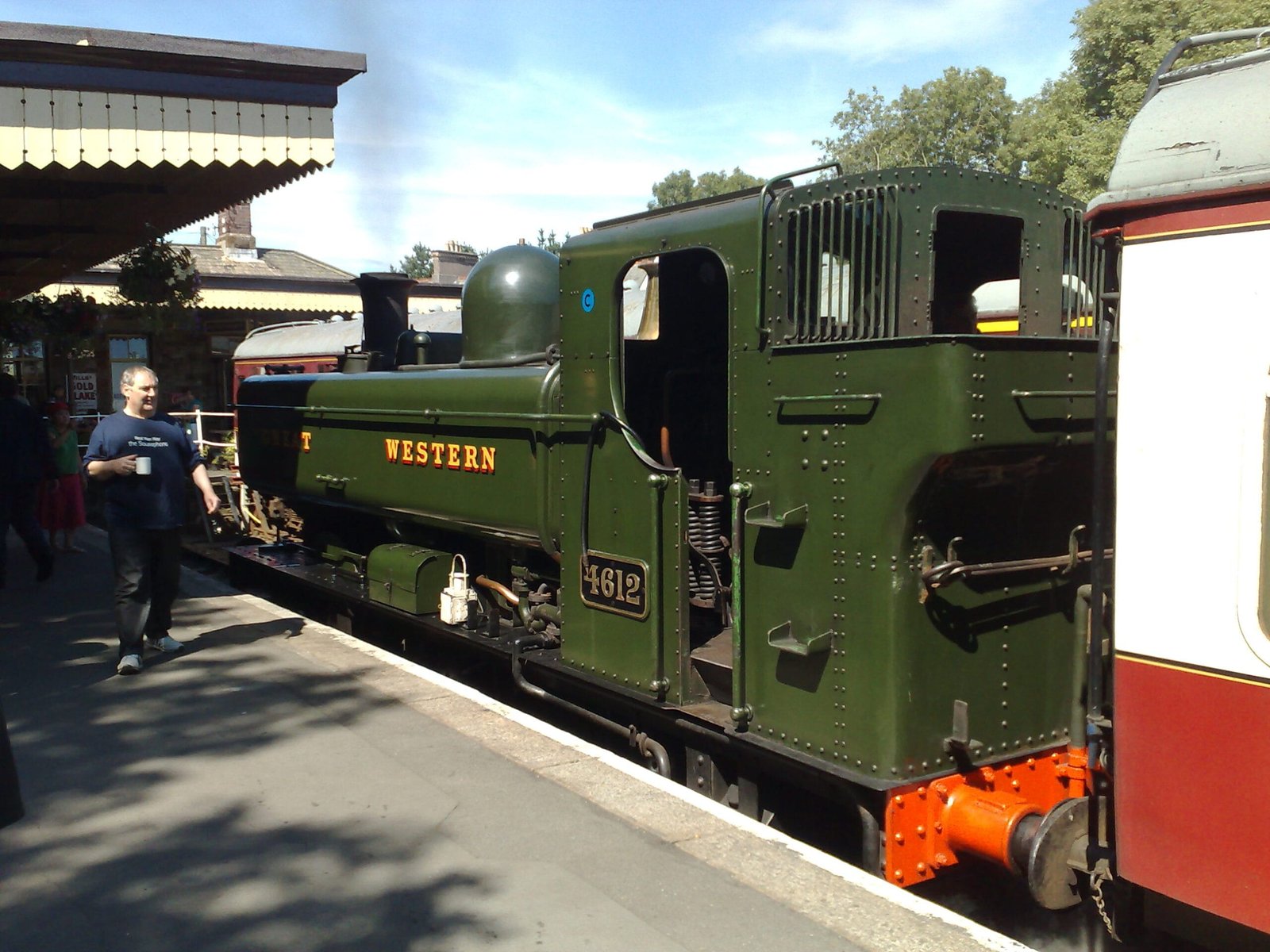
The South Devon Railway, a cherished heritage line in Devon, traces its roots to the Victorian era and reflects the evolution of British railways from ambitious engineering to modern preservation.
The original South Devon Railway Company was established in the 1840s to build a broad-gauge line from Exeter to Plymouth and Torquay, designed by the legendary engineer Isambard Kingdom Brunel. The line opened in stages between 1846 and 1849, traversing challenging terrain with steep gradients and tunnels, including the dramatic sea wall section near Dawlish. Brunel initially implemented the atmospheric railway system, using vacuum-powered trains, but technical difficulties led to its abandonment by 1848, and conventional steam locomotives took over.
In 1876, the South Devon Railway was absorbed into the Great Western Railway (GWR), which converted the line to standard gauge in 1892, aligning it with the rest of the national network. The branch from Totnes to Ashburton, opened on 1 May 1872, became a quiet rural line serving local freight and passengers. Despite its scenic route along the River Dart, the line never turned a profit and was gradually overshadowed by road transport.
Passenger services ceased in November 1958, and freight operations ended in September 1962, marking the line’s closure under British Railways. However, a group of enthusiasts saw potential in reviving the route as a tourist attraction. In 1965, the Dart Valley Railway Ltd was formed, and heritage services began in 1969, with steam locomotives like GWR pannier tank No. 6412 hauling trains between Buckfastleigh and Totnes.
The final two miles to Ashburton were lost in 1971 due to road expansion, but the remaining section flourished. In 1991, the line was taken over by the South Devon Railway Trust, a registered charity formed from the Dumbleton Hall Locomotive Ltd, which had been restoring GWR No. 4920. The Trust renamed the line the South Devon Railway, honouring its original identity.
Under the Trust’s stewardship, the railway expanded its facilities, restored rolling stock, and enhanced visitor experiences. The Buckfastleigh station became the headquarters, featuring a museum, gardens, and family attractions. The line now includes stops at Staverton, a preserved country station, and Totnes Riverside, rebuilt from salvaged buildings.
In 2007, the railway carried over 100,000 passengers for the first time and was named Heritage Railway of the Year. By 2011, annual ridership had reached 112,000, far surpassing its historical usage. The final legal transfer of ownership was completed in 2010, securing the railway’s future.
Today, the South Devon Railway offers nostalgic journeys through Devon’s countryside, powered by steam and diesel locomotives from the Great Western Railway era. It stands as a testament to community passion, historical preservation, and the enduring charm of branch line travel.
This history was generated using AI and draws on publicly available sources including the South Devon Railway Association, South Devon Railway official site, Wikipedia, and Wilcuma’s Railways in Devon.